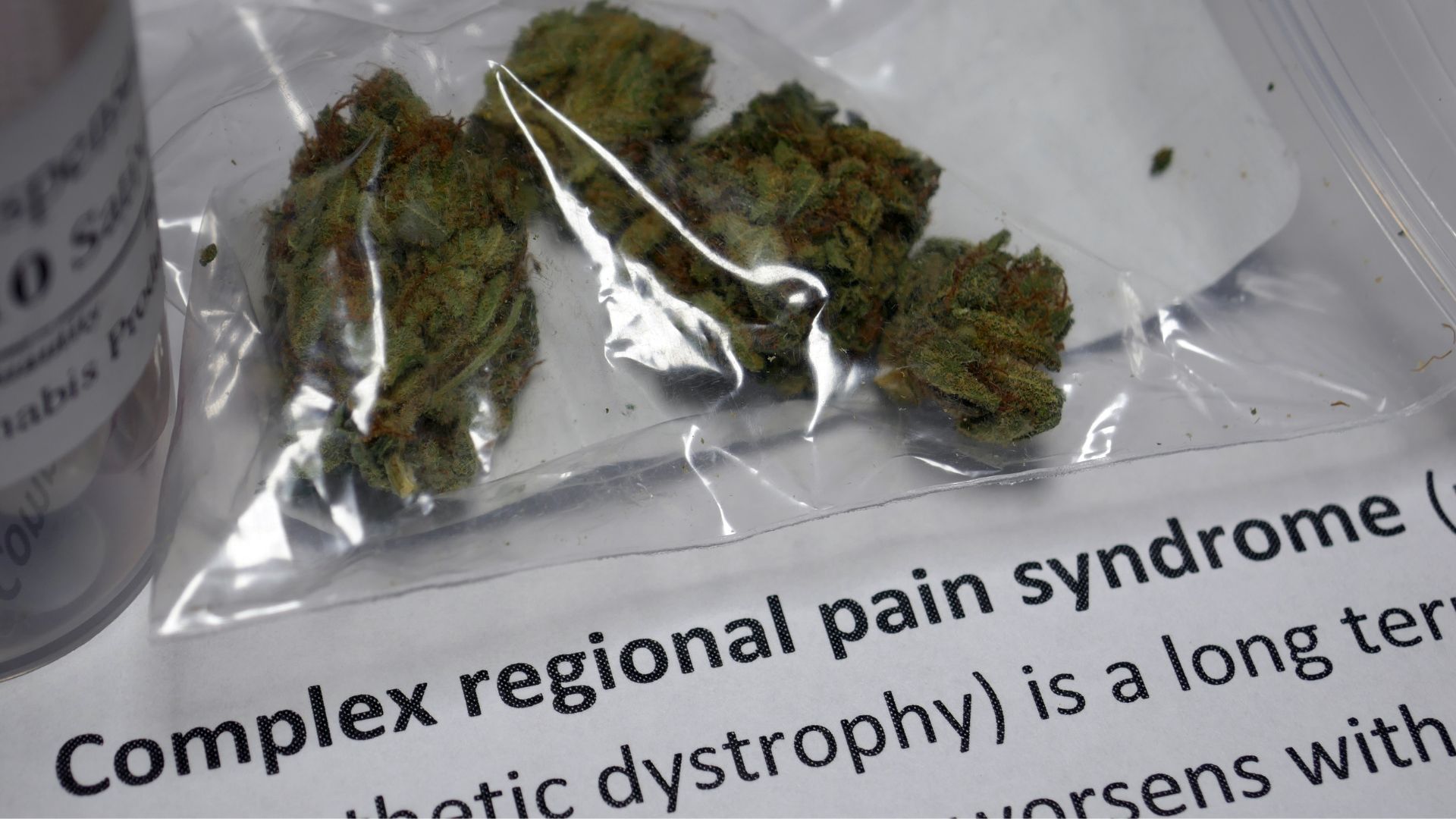
Unlocking The Mystery Of CRPS
Chronic Pain can be a life-altering experience for the sufferer, and one of the most enigmatic and devastating conditions in this category is Complex Regional Pain Syndrome (CRPS). This post will dissect the underlying causes of CRPS, which makes it such a notoriously painful ailment, and explore the myriad ways those afflicted can effectively manage their pain and potentially find relief.
Understanding CRPS and Its Impact
Complex Regional Pain Syndrome is characterized by prolonged severe pain, changes in skin color, temperature, and or swelling in the affected area. It may initially manifest as a response to traumatic injury or surgery, beyond what would be considered normal or appropriate for the stimulus. The range of its effects is profound, extending from physical disability and movement constraint to emotional disruption and in some severe cases, complete loss of limb function and syndromes of depression and PTSD among other psychological symptoms.
This condition can erode the individual’s quality of life, often leaving them feeling helpless and misunderstood. It is critical for health practitioners to remain compassionate and diligent in their care, and for the patients and their loved ones to be informed and involved in the management and treatment process.
CRPS Causes: The Culprit Behind the Pain
The exact causes of CRPS are not fully understood, which has proven to make this condition particularly challenging to diagnose and treat. However, it is widely believed to be related to the malfunction of the central or peripheral nervous systems or even the immune system. During an injury, the nervous system sometimes becomes too sensitive, essentially overreacting to pain signals.
One theory is the ‘inflammatory hypothesis,’ which suggests that CRPS occurs as a result of an initial trauma that triggers the immune system to respond with an inflammatory reaction that affects the nervous system’s functioning. Another leading cause is thought to be a ‘maladaptive neuroplasticity,’ where the brain and nervous system adapt to the pain signals in such a way that they become amplified and persistent long after the initial injury has healed.
The Vicious Cycle of CRPS Pain
Understanding the gravity of pain in CRPS is to understand its cyclical nature. Pain leads to inactivity and disuse, which can cause stiffness and weakening of the affected limb. This can further intensify the pain symptoms as patients face significant challenges in rehabilitation and physical therapy.
The pain often manifests as a continuous burning or a stinging sensation and is often associated with allodynia, a heightened neural response causing pain from stimuli that would not typically be painful, such as a light touch. The constant nature of the pain and its unrelenting character profoundly alter the brain’s perception of the affected limb, leading to a feedback loop that exacerbates the issue.
CRPS Management: Disrupting the Pain Cycle
While there may not be a cure for CRPS, there are numerous treatment options available for managing the symptoms and helping the individual achieve a better quality of life. The key to managing CRPS is often to disrupt the pain cycle, which can be achieved through a multi-disciplinary approach that includes pain management specialists, physical therapists, occupational therapists, and mental health professionals.
Treatment Options Include:
- Physical Therapy: Immobilization of the affected limb can worsen the symptoms, so physical therapy that starts very gently and progresses gradually is important. Techniques may include desensitization, mirror box therapy, and graded motor imagery.
- Medications: A variety of medications may be used to manage the pain and inflammation in CRPS, ranging from over-the-counter pain relievers like Tylenol or Advil, to stronger opioid medications, anticonvulsants, antidepressants, corticosteroids, and bisphosphonates.
- Sympathetic Nerve Block: Injections of an anesthetic near the spine to block the sympathetic nerves can help some individuals temporarily relieve their pain.
- Spinal Cord Stimulation (SCS): This therapy involves an implanted device that sends electrical currents to the spinal cord, which may override the pain signals from the affected limb.
- Ketamine Infusion Therapy: Ketamine, a dissociative anesthetic, has been used to alleviate CRPS pain.
Each patient’s response to these treatments will vary, and it’s not uncommon for sufferers to require a combination of treatments over time to find what works best for them. It’s essential to maintain an open dialogue with healthcare providers, as managing CRPS is often a long and evolving process.


A Journey to Acceptance and Control
Coping with CRPS involves more than just managing the physical symptoms. It’s also about learning to live with chronic pain and finding ways to maintain a fulfilling life despite the challenges. The emotional and psychological aspects of CRPS are as significant as the pain itself, with high rates of depression, anxiety, and other mental health issues commonly observed in individuals living with the condition.
Finding a support network and engaging in mental health services can be crucial in this aspect. Cognitive-behavioural therapy, support groups, and mindfulness practices have all been shown to help individuals come to terms with their condition and maintain a positive outlook.
Engaging in activities and hobbies that bring joy and fulfillment can also be instrumental in maintaining mental health. It’s a delicate balance of accepting the new normal while maintaining control over one’s life and happiness.
The Promise of Research and Ongoing Support
The CRPS community, including patients, families, and healthcare professionals, is advocating for more research into the condition, with the hope of unlocking its mysteries and finding better treatment options. The medical field is continuously evolving, and breakthroughs in understanding and managing CRPS are possible.
For those living with CRPS, the path is challenging, but there is hope. With the right support, resilience, and determination, individuals can learn to manage the pain and lead fulfilling lives. It’s a collective effort that requires patience and a willingness to explore different treatment modalities.
Wrapping Up CRPS
Complex Regional Pain Syndrome can be one of the most difficult conditions to live with, due to the severity of the chronic pain and its complex range of physical and mental effects. By better understanding the causes, symptoms, and management options, the CRPS community can continue to support one another in their journey to find comfort and relief.
For those seeking more information or support on CRPS, there are several non-profit organisations and websites dedicated to providing resources. It is essential to stay informed and remain an active participant in your treatment plan. The path to managing CRPS is a challenging one, but it is not one that has to be walked alone.